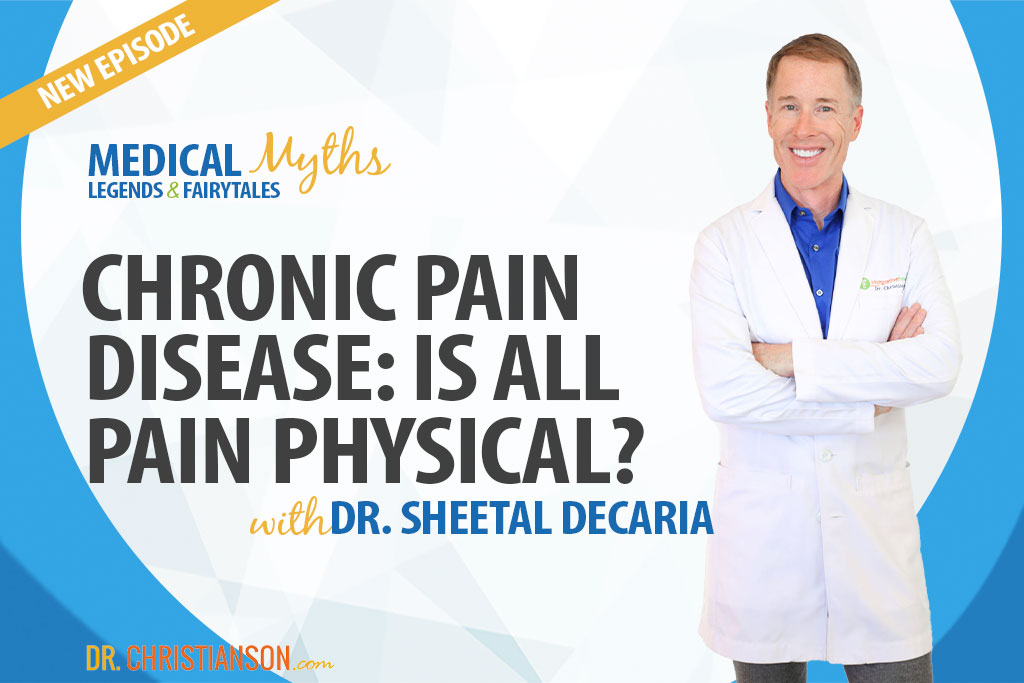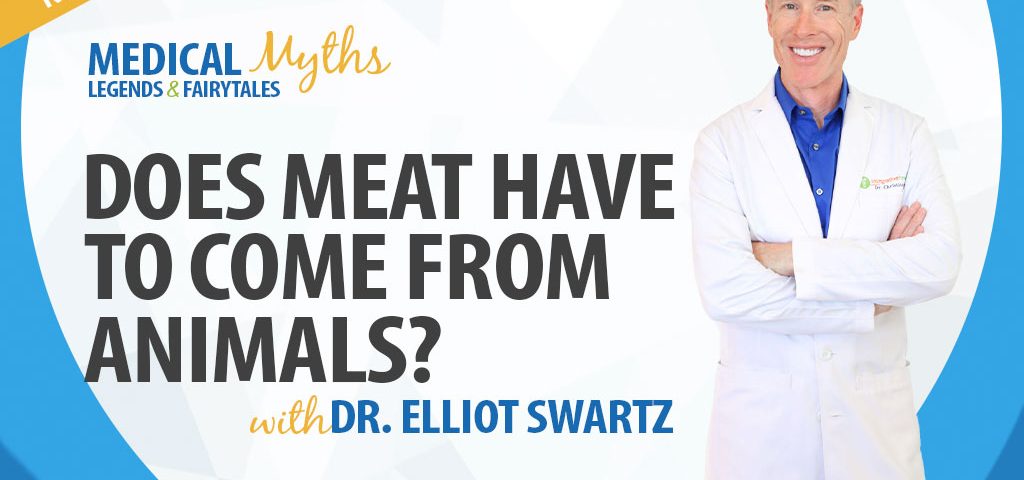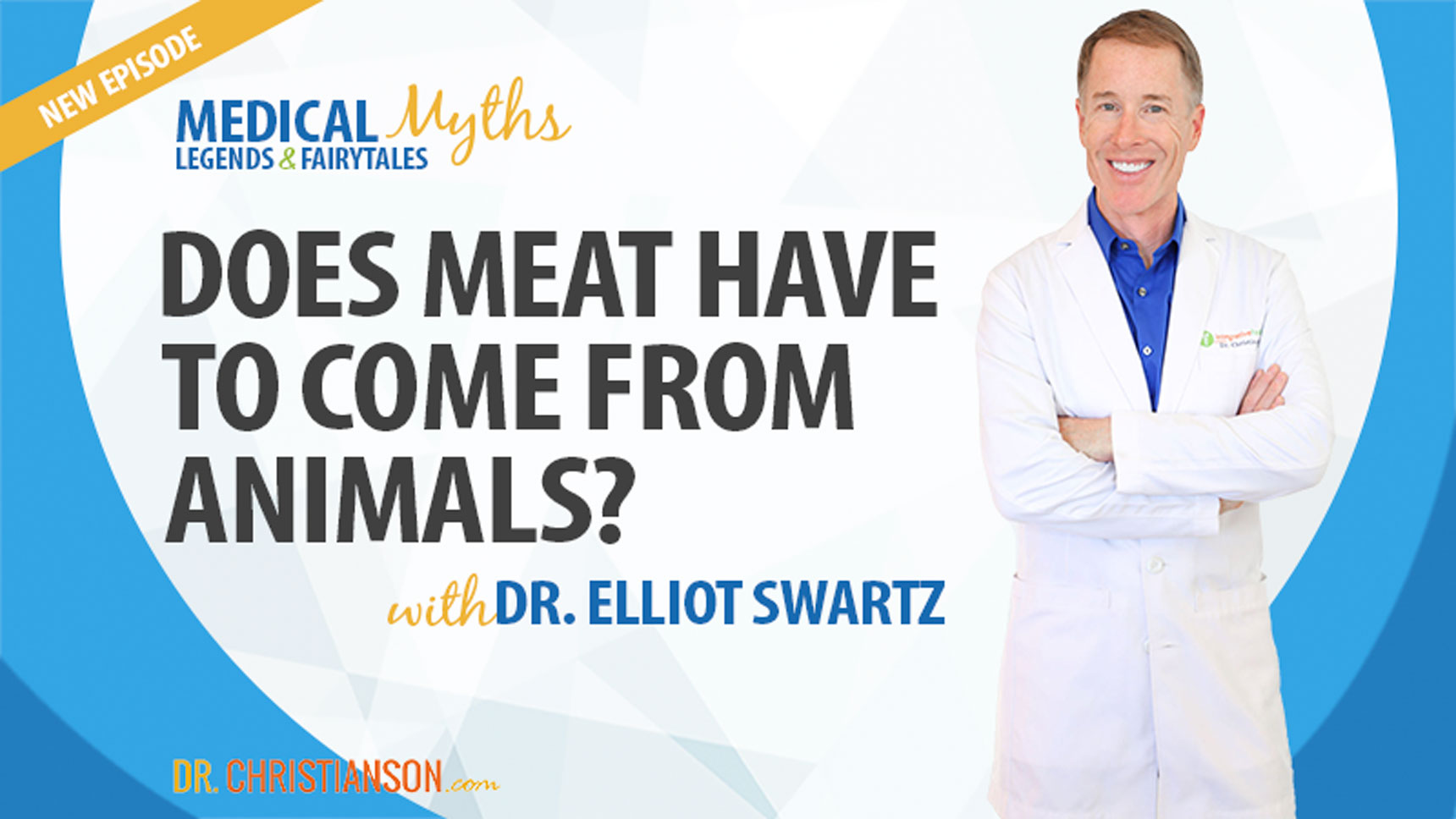Podcast – Does Meat Have to Come From Animals? with Dr. Elliot Swartz
Description: Between the latest online fads and the crazy media headlines, it’s easier than ever to get confused about your health. If you want to make better decisions about your health today so you can feel better and live longer, you’ve come to the right place.
Humans eat meat. Right or wrong, the fact is that over 92% of individuals from most cultures around the world consume meat on a daily basis, regardless of the environmental, humanitarian, and global quality of life impacts that this diet entails.
But what if we could eat meat without raising animals? Meat alternatives offer animal protein without the animals. Whether you call it clean meat, cell-based meat, or cultured meat, these new options have the potential to disrupt the meat industry by offering products that are sterile and safe at a fraction of the environmental impact.
I’m joined today by Dr. Elliot Swartz, Ph.D. — a senior scientist at the Good Food Institute, a company that is pushing meat alternative research and technology forward — to discuss the defining characteristics of cultivated meat and how stem cell biology and tissue engineering have made it possible to grow cells without having to slaughter an animal. With a background as a cellular and molecular neuroscientist, Dr. Swartz understands why the world needs meat alternatives more than ever before, and he shares the exciting research that is making the possibility of meat alternatives in supermarkets and restaurants more of a reality than ever before.
(1:08) – Today’s topic is meat alternatives — what they are and why the world needs them more than ever before.
(2:49) – Why is there a need for meat alternatives? The answer starts with facts about industrial animal agriculture, biodiversity law and antibiotics.
(5:17) – How stem cell biology and tissue engineering have made it possible to grow cells without having to slaughter an animal and the correct way to define cultivated meat.
(8:20) – A look at how cultivated meat fits into the meat alternative spectrum and some of the specifics of the methodology behind each type of cultivated meat.
(11:01) – The process of cultivating meat — from taking a cell biopsy sample to the lab to producing stem cells that can create sausage or chicken breasts — and the differences between stem cells and fully grown animal tissue.
(15:33) – The animal that stem cell tissue is taken from does not need to be genetically modified, meaning the entire meat cultivation process can be GMO-free.
(16:37) – Why would a neuroscientist be interested in food? Dr. Swartz shares the education and lab experiences that led him to the food industry and how working at The Good Food Institute has encouraged him to become flexitarian.
(23:29) – How can researchers grow large volume meat alternatives in a sterile environment without antibiotics, and what does that mean for the safety of the product and the health of the everyday consumer?
(27:19) – Dr. Swartz predicts when meat alternatives are going to hit the shelf based on global rules and regulations and the potential for reducing environmental impacts by creating sustainable meat alternatives.
(32:04) – From a thermodynamic perspective, the possibilities that come with producing meat alternatives are massive when decreasing the animal caloric feed-to-outcome ratio.
(33:22) – Additional animal alternatives that may disrupt the meat industry are currently being researched, including the production of leather and gelatin.
(34:52) – Resources to learn more about the meat alternative industries.
(37:11) – Do you have a topic you’d like me to cover? Contact me on Facebook or Instagram using #medicalmyths.
Did you find this episode helpful? Let us know by leaving a review! Visit these links to learn more:
- https://www.drchristianson.com/
- Dr. Christianson on Facebook
- Dr. Christianson on Instagram
- The Good Food Institute
Subscribe for more Medical Myths, Legends, & Fairytales:










